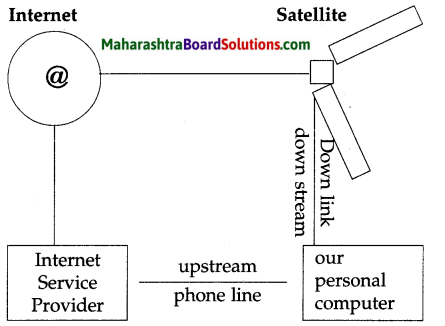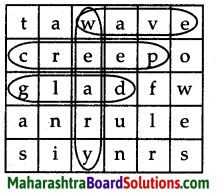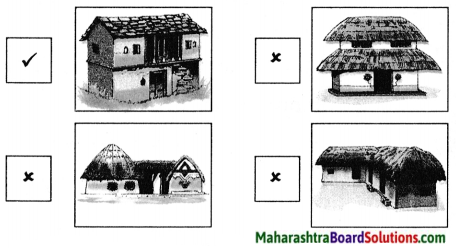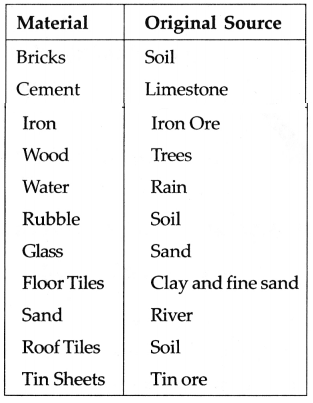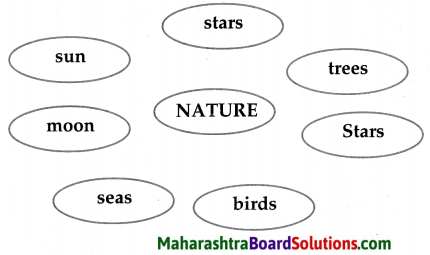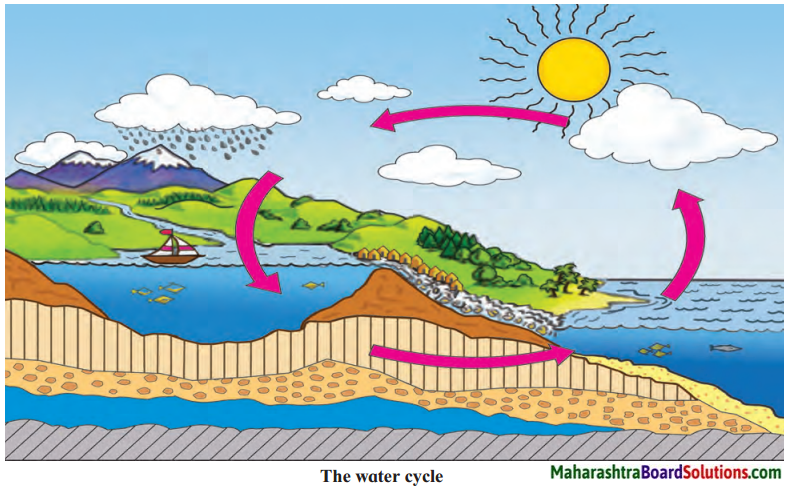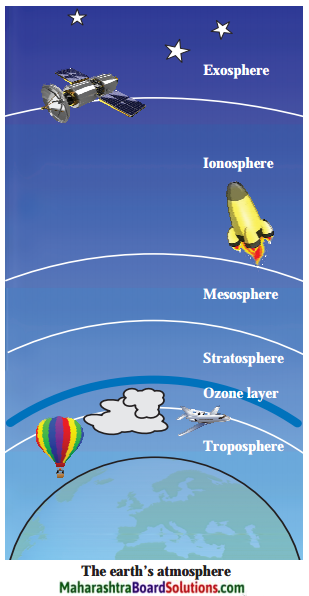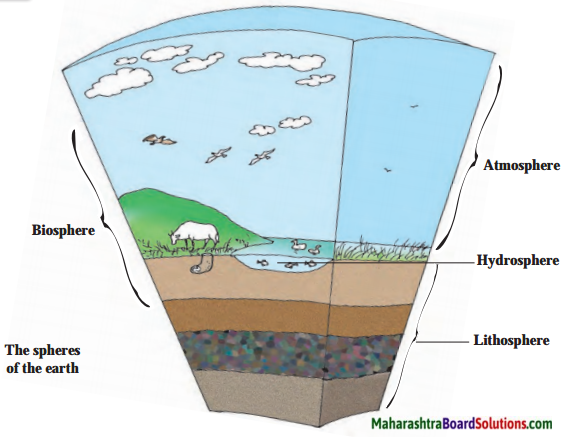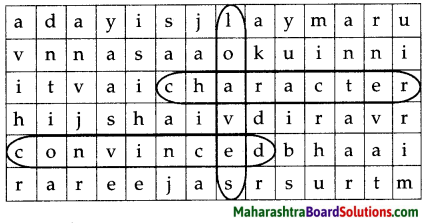Balbharti Maharashtra State Board Class 5 English Solutions Chapter 31 Give your Mind a Workout! Notes, Textbook Exercise Important Questions and Answers.
Maharashtra State Board Class 5 English Solutions Chapter 31 Give your Mind a Workout!
English Balbharati Std 5 Digest Chapter 31 Give your Mind a Workout! Textbook Questions and Answers
Activities :
Question 1.
Nine Men’s Morris
Answer:
1. Name of the game : Nine Men’s Morris
2. No of players: 2
3. Type of game: Board game
4. Things required: Board, buttons, beads, seeds etc. as pieces.
5. How to play: Each player has nine pieces one set black and one set white Players take turns to place their pieces one at a time. If one player is able to place three ‘men’ in a row or column ‘a mill’ is formed. Once a mill is formed that player can remove his opponents men. Rules to be followed:
One cannot remove men in one’s opponent’s mill, unless he/she has no other men left on the board Once all men are placed on board you can start moving them only to an adjacent spot which is empty. When only three men are left, they can fly i.e. move to any vacant spot on the board. Deciding the winner: If a player has less than three men left or if he/she is unable to make a move, his opponent is declared the winner.
A Mathematic trick :
Question 2.
Simplify the mathematic trick mentioned on textbook page 76, by writing in the form of a flow chart.
Answer:

The three digit number selected should be such that the value of the first and last digit must differ by two Eg. 145
Puzzling times and Riddles:
Question 1.
I am fat and stout. I begin with ‘t’ and end with ‘t’ and is always filled with steaming tea:
Answer:
Tea pot
![]()
Question 2.
What’s in a pear but not in an orange? The prince has it but not his subjects?
Answer:
The letter ‘p
Question 3.
I am blue and bronze with beautiful plumes. Rains make me happy and I think I am the most beautiful bird …….
Answer:
Peacock
Question 4.
Jokes: Pause to smile:
1. Son: Mother, how is it that computers are always right?
Mother: It’s because they are controlled by their mother boards.
2. Teacher: Raju which is the longest word in the English language.
Raju: ‘smiles’ is the longest word.
Teacher: How come?
Raju : As there is a mile between the two ‘s’.
Give your Mind a Workout! Summary in English
Summary :
Jokes, Puzzles and Riddles are ideal ways to exercise our mind. This lesson shares with us some interesting examples of games, puzzles, riddles and fun facts. Jokes are not only enjoyable but also thought provoking.
![]()
